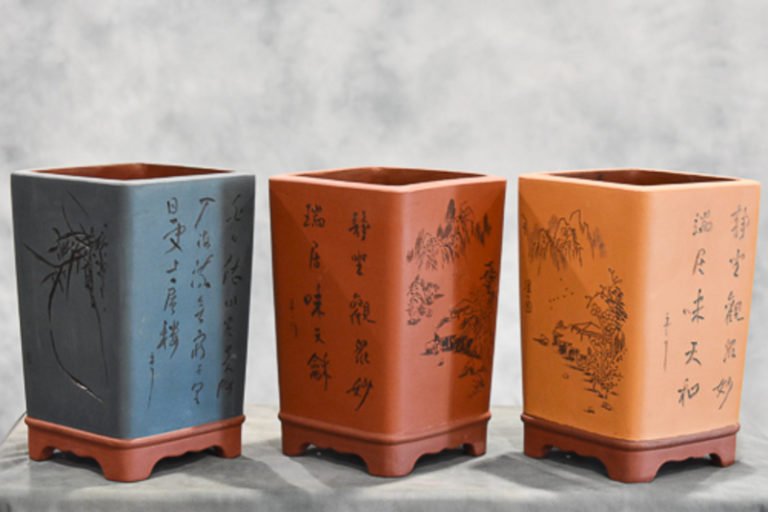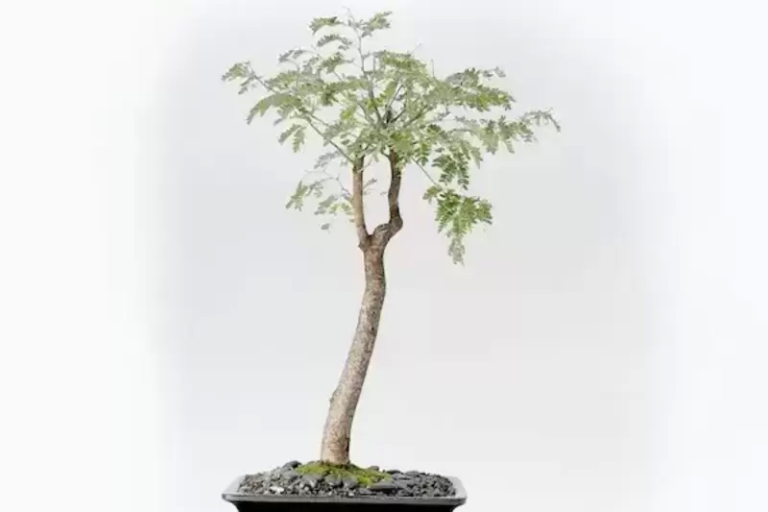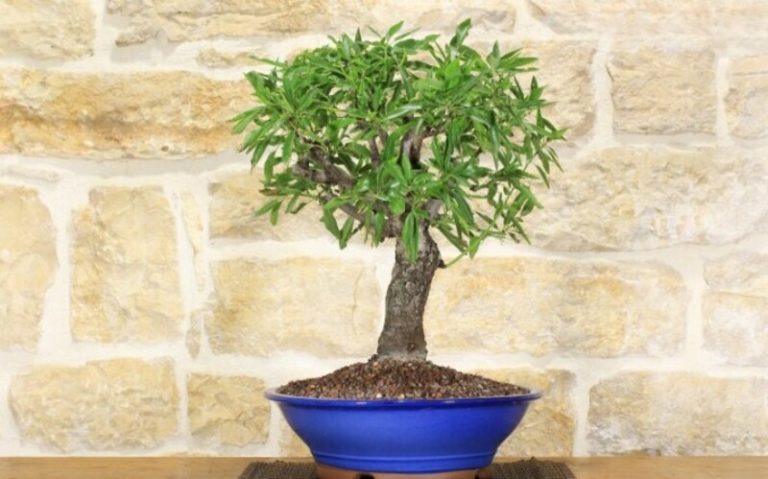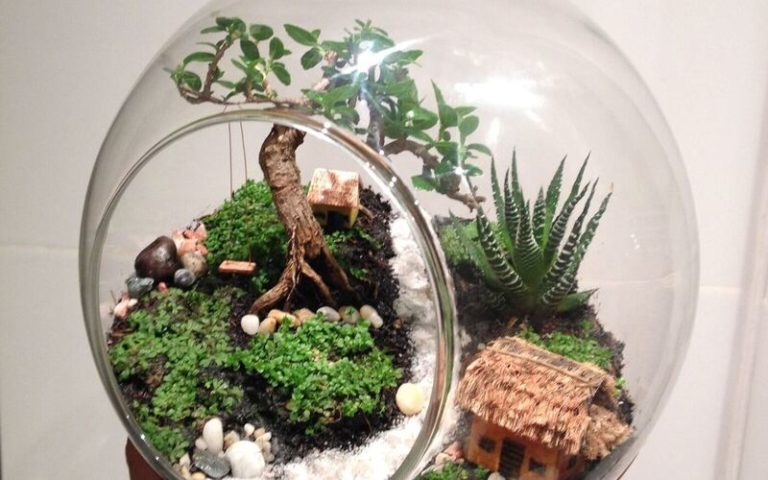Bonsai Rocks: Enhancing Your Bonsai Tree’s Beauty and Health
Bonsai trees are a unique and beautiful addition to any home, garden or office. The correct pebbles should be selected to go with these small trees since they need particular care and attention to flourish. Little ornamental stones called bonsai rocks are used to beautify the appearance of your bonsai tree while also offering vital health advantages.
What is Bonsai Rocks?
Bonsai rocks are rocks that are used to make bonsai trees. They are usually found in nature and have been hand-picked for their size, shape, and texture. It is a type of artistic expression that attempts to convey the essence of nature on a small scale.
Benefits of Bonsai Rocks
Bonsai rocks provide several advantages to bonsai trees and their owners. These are some of the most significant advantages of utilizing bonsai rocks:
Drainage: With the use of bonsai rocks, surplus water may be directed away from the bonsai tree’s roots, preventing the soil from becoming overly saturated. This helps protect the tree from soil-borne illnesses like root rot.
Aeration: Bonsai rocks also help the roots get air by letting air move through the soil and reach the roots. This helps prevent soil compaction and encourages healthy root growth.
Stability: The tree can’t topple over because to the bonsai rocks that support it. Larger trees or those with a disproportionately hefty crown will benefit greatly from this.
Aesthetics: Bonsai rocks may give a natural and appealing aspect to a bonsai exhibit. They are available in a variety of colors, shapes, and sizes, and may be put in a variety of designs to create an eye-catching show.
Temperature regulation: Bonsai rocks can help regulate the temperature of the soil and roots, keeping them cooler in hot weather and warmer in cold weather. This can prevent temperature-related stress on the tree.
Overall, bonsai pebbles are a vital component of a healthy, visually appealing bonsai exhibit. They contribute to the ideal environment for bonsai tree growth by ensuring proper drainage, air movement, stability, and appearance.
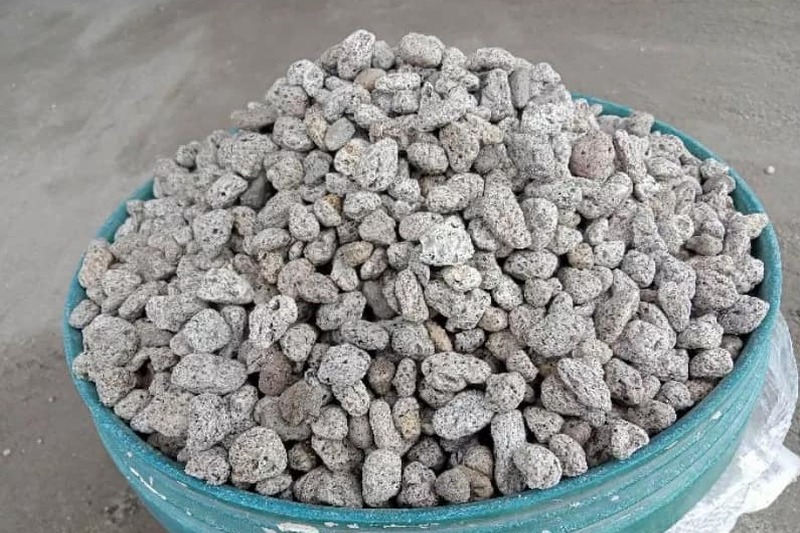
Types of Bonsai Rocks
There are several sorts of bonsai rocks, each with its own qualities and advantages. Following are some of the most often encountered types of bonsai rocks:
- Akadama: Akadama is a type of Japanese bonsai soil that is made from volcanic clay. It is porous and provides excellent drainage and aeration for bonsai trees. Akadama rocks are often used in combination with Akadama soil.
- Lava rock: Lava rock is a type of volcanic rock that is light in weight and porous. It allows bonsai trees to drain and breathe well and is often used in bonsai displays.
- Granite: Granite is a form of thick and hefty igneous rock. It is frequently used as a decorative element to offer visual appeal and solidity to bonsai arrangements.
- Quartz: Quartz is a type of mineral rock that is often used in bonsai displays for its attractive appearance. It comes in a range of colors and textures, and is a popular choice for adding a natural look to bonsai displays.
- River stones: Smooth, round river stones are often used in bonsai displays because they look like real rocks. They come in different sizes, shapes, and colors, and they are often used to finish off the top of the soil.
- Shale: Because of its layered look, shale, a form of sedimentary rock, is frequently utilized in bonsai presentations. It is a common choice for giving bonsai exhibits a natural appearance and comes in a variety of hues, including brown, gray, and black.
By choosing the right type of bonsai rock for your bonsai display, you can create a beautiful and healthy environment for your tree. Consider the benefits and characteristics of each type of rock and choose the one that best suits your needs and aesthetic preferences.
How to Choose Bonsai Rocks
Making a healthy and attractive bonsai exhibit requires careful consideration of the pebbles you use. Here are some pointers to assist you in selecting the top bonsai rocks:
- Size: Bonsai pebbles should match the container and tree. Smaller rocks are utilized for smaller trees and pots, while larger rocks for larger ones.
- Shape: Round, oval, and irregular forms are all common for bonsai rocks. Think about the size and placement of the rocks in relation to your bonsai exhibit. Although round or oval rocks might give your exhibit a more formal aspect, irregularly shaped rocks can give it a more natural feel.
- Color: Brown, gray, black, and white are just a few of the hues that bonsai rocks may be. Think about the color of the rocks and how it will go with the pot and bonsai tree colors. To provide a stunning visual impression, you could choose to use rocks that contrast with the color of your tree or container.
- Texture: The texture of the rocks can also add visual interest to your bonsai display. Think about rocks with rough or smooth surfaces to give your display more depth and dimension.
- Weight: Bonsai rocks should be heavy enough to provide stability to the tree and prevent it from tipping over. Choose rocks that are heavy enough to support the weight of the tree and pot.
- Compatibility: Finally, it’s important to choose bonsai rocks that are compatible with your bonsai pot and tree species. Choose rocks that will provide your tree the right drainage and aeration since different tree species require different types of soil and drainage.
By thinking about these things, you can choose the best bonsai rocks for your display, making sure that your tree stays healthy and looks good.
How to Use Bonsai Rocks
An attractive and healthy bonsai tree requires the use of bonsai rocks. They give stability, enhance your display’s overall aesthetic, and promote drainage and aeration. Here are some pointers for using bonsai rocks:
Choose the right rocks: Consider the size, shape, color, texture, weight, and stability of the rocks while choosing bonsai rocks. Check that the rocks will work with your bonsai container and tree species.
Place rocks at the bottom of the pot: Before adding soil, one typical strategy is to arrange the bonsai pebbles in the bottom of the pot. This will aid with drainage and stability.
Layer rocks in the soil: Moreover, you may place bonsai rocks in the soil around the tree’s roots to produce a natural, layered appearance. This will help increase the soil’s drainage and aeration.
Decorate the surface: To give a final touch to your bonsai exhibit, you may embellish the soil’s surface with bonsai rocks. To do this, carefully arrange the rocks in a pleasing arrangement on top of the ground.
In order to keep your bonsai tree healthy and attractive, remember to clean and change your bonsai rocks frequently. You may build a stunning and healthy bonsai exhibit that you can enjoy for many years by using the advice in this article.
Maintenance & Care of Bonsai Rocks
Maintaining the health and beauty of your bonsai tree requires the use of special pebbles called bonsai rocks. Maintaining good condition will ensure they continue to provide the benefits you require. Some advice on how to care for your rock bonsai:
A. Regularly clean the rocks: Over time, dirt, dust, and debris can gather on the rocks, giving them a dull and ugly appearance. Just wash the rocks with water or give them a little scrape with a brush with a soft bristle. This will prevent any accumulation that could prevent water from draining or air from entering and keep them looking great.
B. Check for signs of deterioration: Over time, bonsai rocks may start to break down, becoming brittle or discolored. This can affect their stability and ability to provide proper drainage and aeration. Check the rocks regularly for signs of deterioration and replace them if necessary.
C. Replace rocks as needed: If your bonsai rocks become too dirty, start to break down, or become too small, it’s important to replace them promptly. This will help to maintain the health and appearance of your bonsai tree. When replacing rocks, be sure to choose rocks that are compatible with your bonsai pot and tree species.
Bonsai Rocks Care Sheet
| Aspect | Care Tips |
| Choosing Rocks | Choose rocks that are appropriate for the size of the bonsai tree and pot |
| Cleaning | Rinse the rocks thoroughly to remove any dirt or debris |
| Placement | Place the rocks at the bottom of the pot to improve drainage |
| Soil | Layer the bonsai soil over the rocks to create a growing medium |
| Watering | Monitor moisture level of soil and rocks, water as needed to keep them moist but not waterlogged |
| Repotting | Refresh the rocks when repotting the bonsai tree |
By following these tips, you can make sure that your bonsai rocks keep giving your bonsai tree what it needs. Taking care of your bonsai regularly will help it look its best and keep your tree healthy for years to come.
Conclusion
Bonsai rocks can provide both aesthetic and practical benefits for your bonsai tree. By improving stability, drainage, and aeration, these rocks can help your tree grow and thrive. Additionally, with their variety of colors, textures, and shapes, bonsai rocks can add a unique and beautiful touch to your bonsai display. Whether you are a seasoned bonsai enthusiast or just starting out, using bonsai rocks is a great way to enhance the beauty and health of your bonsai tree.
FAQ:
Q: What are bonsai rocks?
A: Bonsai rocks are small stones or rocks used in bonsai pots or as decorations.
Q: Why are bonsai rocks used?
A: Bonsai rocks are used to provide excellent drainage and aeration for bonsai trees, to stabilize the tree in the pot, and to add an attractive and natural-looking element to the display.
Q: What types of bonsai rocks are available?
A: There are several types of bonsai rocks available, including Akadama, lava rock, granite, quartz, river stones, and shale. Each type has its own unique characteristics and benefits.
Q: How do I choose the right bonsai rocks for my tree?
A: Consider the needs of your tree and your aesthetic preferences when choosing bonsai rocks. Look for rocks that provide good drainage and aeration and that complement the style and size of your tree.
Q: Do I need to replace bonsai rocks over time?
A: With the right care, bonsai rocks may endure for many years, but if they get too compacted or start to degrade and lose their useful characteristics, they might need to be replaced.
Q: How do I clean bonsai rocks?
A: To clean bonsai rocks, remove them from the pot and rinse them thoroughly with water. Allow them to dry completely before replacing them in the pot.
Q: Can I reuse bonsai rocks?
A: Yes, bonsai rocks can be reused as long as they are in good condition and have not become too compacted or broken down. Simply clean them thoroughly before reusing them.
Also Read:
Royal Poinciana Bonsai: The stunning tree that makes a perfect bonsai


